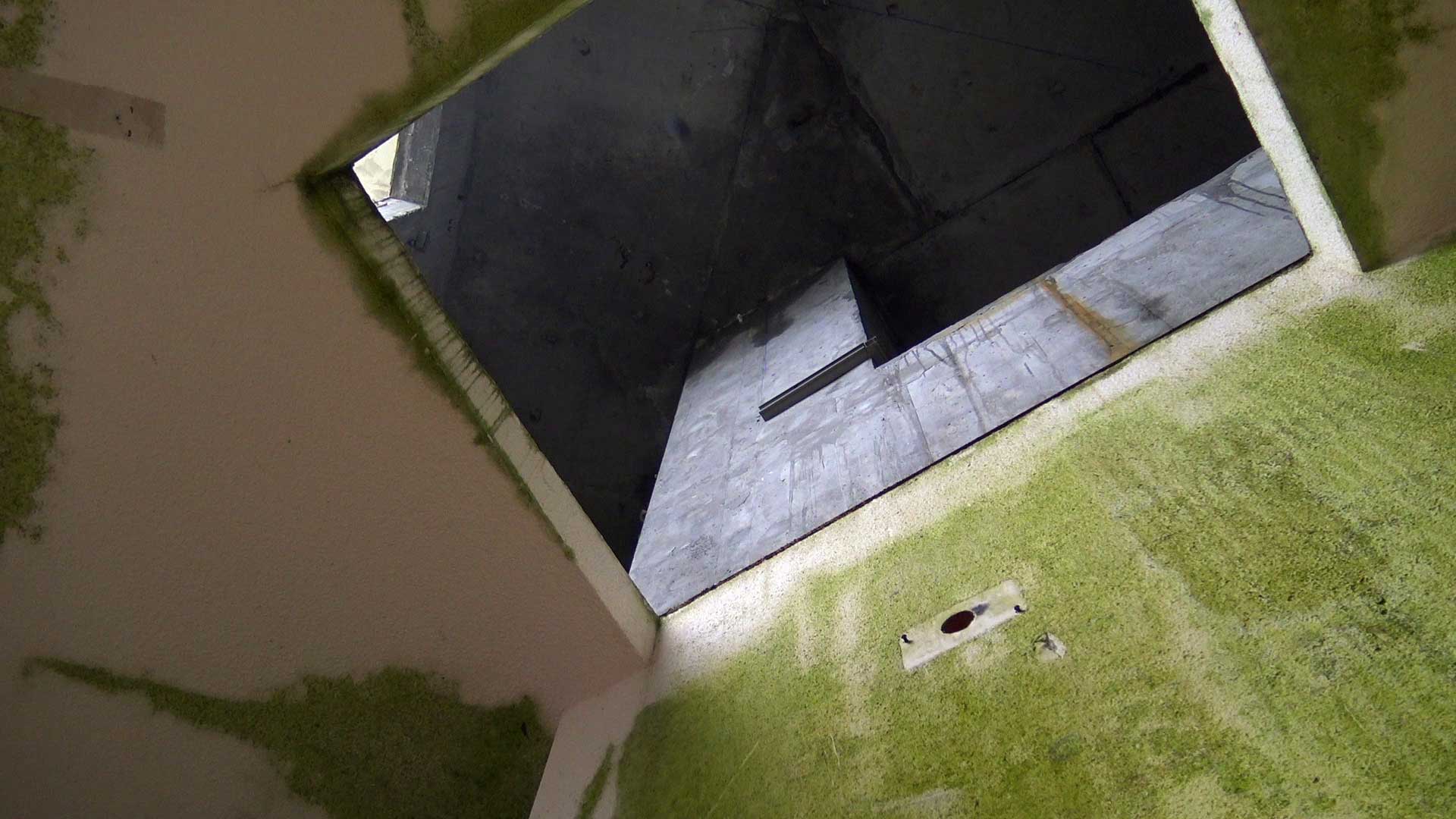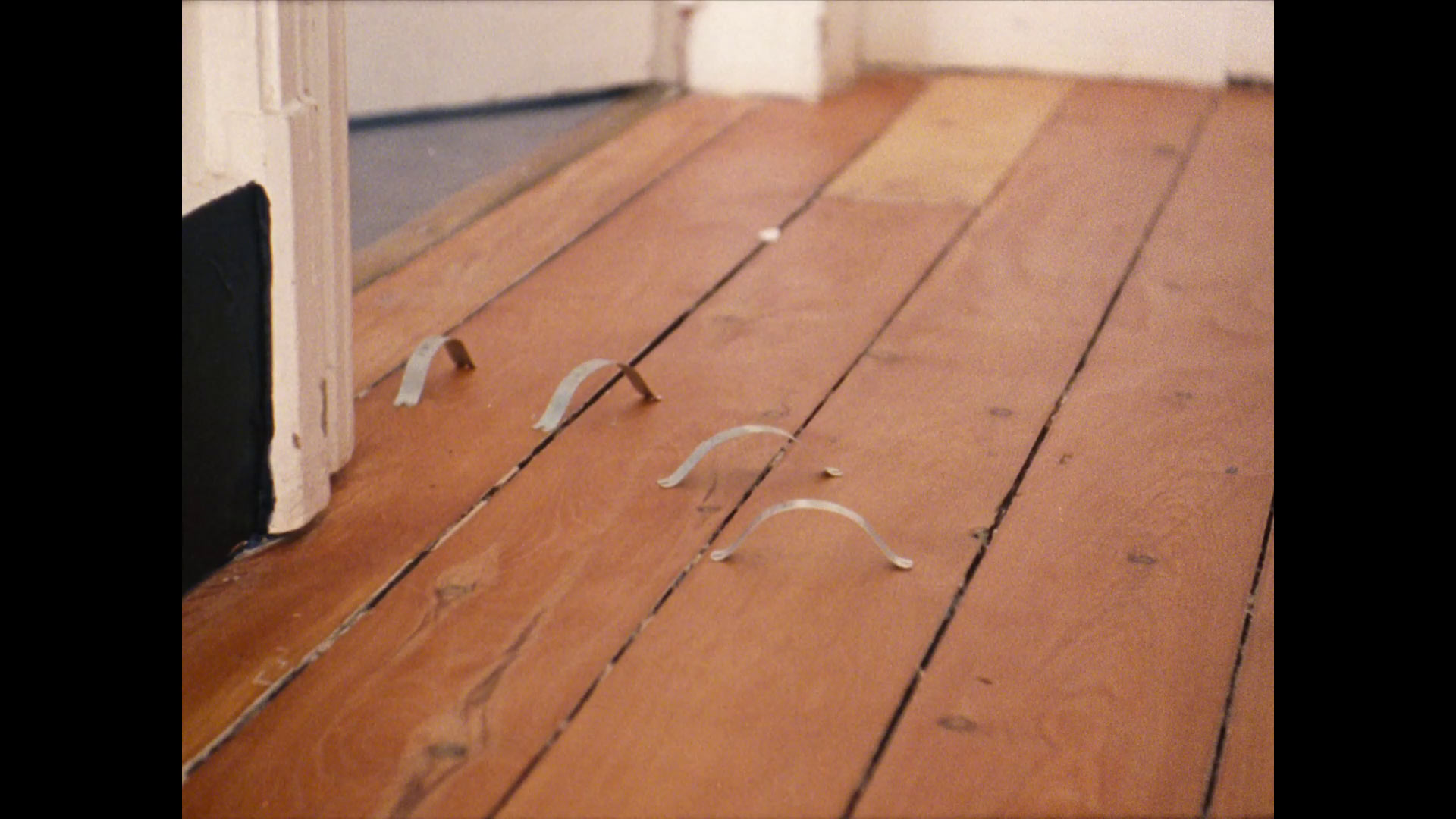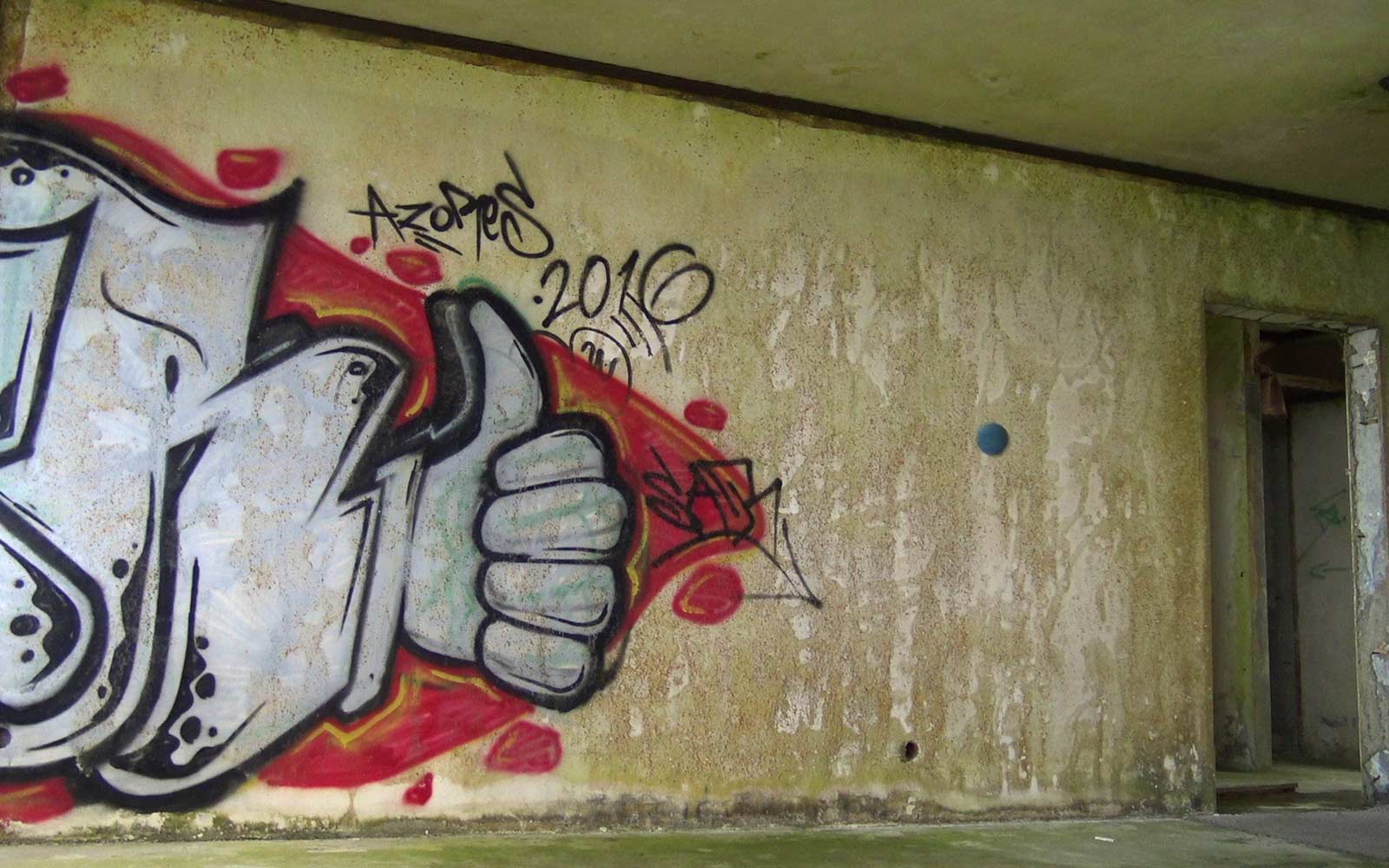
CAM in Motion: presence presence presence
Cycle Latent Echoes
Event Slider
Date
- / Cancelled / Sold out
Location
Gulbenkian GardenRuin, abandonment, absence, the echoing of the forces that inhabit and transform objects and the experience of space and time coexist in the dialogue created in the second part of the “Latent Echoes” video cycle. Hotel Reverb and The Untroubled Mind are works that play on the ghostly subtlety of the human being in suspended times and spaces marked by the traces of those who once inhabited them.
Graham Gussin’s work is guided by the constant rhythm of a bouncing ball that announces the human presence in a ruined space, marking time and occupying the uninhabited. In Manon de Boer’s work, the artist films the traces of a child’s daily play in a domestic space, familiar and yet strange at the same time. As minimal art pieces, the objects are reduced to their form and aesthetics, detaching themselves from their function.
Curators: Gulbenkian 15-25 IMAGINA


COMPLETE CYCLE
04 May– 30 May 2022
body body body
Helena Almeida, Ouve-me, 1979
Rui Calçada Bastos, Left (L)over, 2004
01 Jun – 04 Jul 2022
presence presence presence
Graham Gussin, Hotel Reverb, 2018
Manon de Boer, The Untroubled Mind, 2018
06 Jul – 01 Aug 2022
suspension suspension suspension
Miguel Soares, H2O, 2004
03 Aug – 05 Sep 2022
throbbing throbbing throbbing
Miguel Soares, Whitestar, 2009
CYCLE: LATENT ECHOES
The ‘Latent Echoes’ video cycle proposes a re-reading of a set of videos from the CAM Collection, developing a narrative around the progressive disappearance of human presence and the coexistence of their vestiges with other forms of life, culminating in dematerialisation and spatial abstraction. An inevitable disappearance that is at once both death and transformation – like the ouroboros, the dragon-snake consuming its own tail and symbolising the eternal cycle of renewal of life. In this narrative we hear echoes of the constant passage from one form to another, establishing, in the repetition, four parts we call ‘body body body’, ‘presence presence presence’ ‘suspension suspension suspension’, and ‘throbbing throbbing throbbing’.
The cycle begins with body body body, a dialogue between the works Ouve-me [Hear me] (1979) by artist Helena Almeida and Left (L)overs (2004) by artist Rui Calçada Bastos. It is an encounter between a body from the front which, in a self-imposed silence, challenges the three-dimensionality of the screen’s membrane, and a body from behind which, rhythmically, emits sounds as it is hit, releasing what remains of a presence, now reduced to dust particles suspended in the air.
In the second part, presence presence presence, we abandon the materiality of the body to enter abandoned and altered spaces, inhabited by the remains of a presence. In Hotel Reverb (2018), by artist Graham Gussin, an abandoned hotel is revived by the repetitive throwing of a ball, reminding us of an experience of playing, contrasting with the next video: in Untroubled Mind (2016), artist Manon de Boer films a domestic and childish space, in which a presence (that we do not see) reorganises and attributes new meanings to everyday objects, in the manner of ready-made.
Objects move to a new plane in suspension suspension suspension: in H2O (2004), by artist Miguel Soares, we see falling objects that form an archive of debris in which we can read a recent story of humanity and that coexist with a living ecosystem – not without a certain irony. Here we also move into the world of animation, establishing the bridge to the final part.
From abyssal depths to the total dematerialisation of human presence, White Star (2009), also by Miguel Soares, has its own echo: it is throbbing throbbing throbbing, an abstraction where sound and image are a single entity.
CURATORS
Gulbenkian 15-25 IMAGINA is an initiative of cultural programming and curatorship that opens space for dialogue, listening and collaborative work between young people and professionals of the Calouste Gulbenkian Foundation, with the aim of increasing the participation of this segment of the public in the institution’s strategic decision-making.
The project is made up of a group of young people between the ages of 18 and 25, from different areas of culture, the arts and activism, who will take part in various participatory programming initiatives at the Modern Art Centre (CAM).
CAM IN MOTION
CAM in Motion is an ‘outdoor’ programme that brings together a series of site-specific interventions by artists and exhibitions with works from the Collection in different spaces in the city of Lisbon and its surroundings.
Learn more
